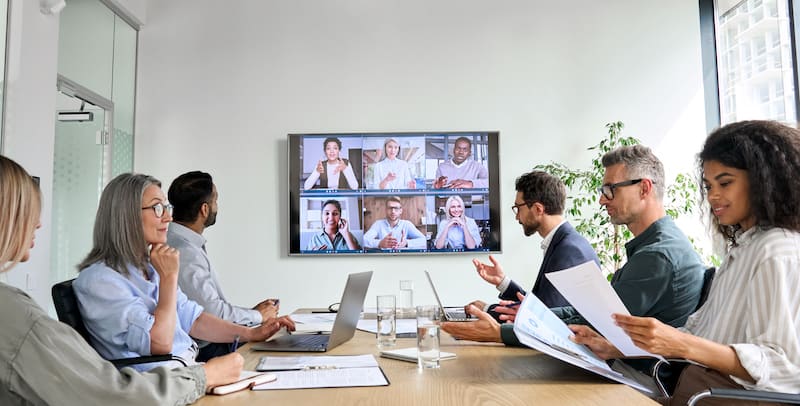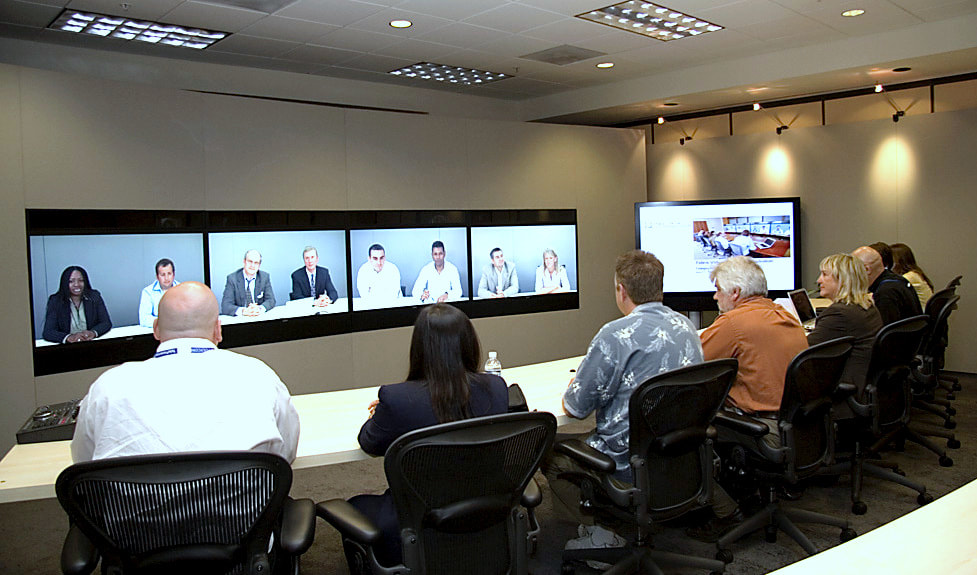Designing Dynamic Learning Atmospheres With Advanced Sound Visual Solutions
In the rapidly developing landscape of education, the combination of sophisticated audio-visual systems stands as an essential growth, changing traditional classrooms into dynamic learning environments. As we explore the capacity of these systems, one need to think about exactly how they reshape pedagogical techniques and effect knowing outcomes.
Understanding Advanced AV Systems
In today's rapidly evolving educational landscape, progressed audiovisual (AV) systems have actually come to be essential to producing reliable and interesting learning settings. These systems incorporate a vast array of innovations, including interactive display screens, high-def projectors, and advanced sound systems, all of which add to an extra immersive academic experience. By leveraging these innovations, educators can offer info in varied and dynamic layouts, catering to various finding out designs and requirements.
Understanding the parts and abilities of advanced AV systems is crucial for educators and managers aiming to maximize their training atmospheres. Interactive displays, for instance, allow real-time cooperation and responses, enabling trainees to involve even more deeply with the content. High-definition projectors guarantee that visual materials exist with clarity, enhancing comprehension and retention. Additionally, progressed sound systems provide clear sound, which is vital for preserving focus and ensuring that all trainees can comprehend the material and listen to being presented.
Integrating sophisticated AV systems calls for not only an understanding of the modern technology itself yet also calculated planning to align these devices with academic goals. By attentively incorporating these systems, schools can cultivate a setting that supports innovative teaching methods and improves the total educational experience for both students and educators.
Enhancing Student Engagement
Everyone acknowledges that student engagement is an important element of effective discovering results. AV Installation. These systems can transform standard classrooms right into vibrant setups where trainees are motivated to learn.
High-grade audio and aesthetic components assist record trainees' attention and improve their understanding of complex topics. Utilizing huge displays with crisp images and clear sound can make lessons extra captivating and comprehensible. In addition, AV systems promote varied teaching approaches, such as joint projects and multimedia discussions, which can satisfy various learning designs and keep students interested.
In addition, the consolidation of AV systems permits real-time comments and communication in between trainees and instructors. This immediacy can urge energetic involvement, as pupils feel more attached to the lesson and positive in expressing their ideas. Thus, by integrating innovative AV innovations, academic organizations can create a revitalizing setting that not only boosts interaction but also sustains much better scholastic efficiency and student satisfaction.
Integrating Interactive Technologies
Although the assimilation of interactive modern technologies in instructional settings marks a significant shift from conventional teaching methods, its effect on trainee knowing and interaction is extensive. Interactive modern technologies, such as clever boards, electronic tablet computers, and digital reality applications, have redefined the classroom, changing it right into a dynamic area Visit Your URL where students actively join their learning trip. These modern technologies cultivate partnership, creativity, and essential thinking, as pupils are motivated to communicate with electronic material, do simulations, and participate in problem-solving activities.
Using interactive modern technologies promotes real-time responses and evaluation, permitting teachers to tailor direction to satisfy private needs. This immediacy in comments enhances the finding out procedure, making it possible for pupils to recognize principles better and swiftly address false impressions. Moreover, such innovations promote inclusivity by offering diverse students with several means of accessing and involving with content.
Additionally, these tools link the gap in between academic understanding and see this website useful application, preparing trainees for a technology-driven world. By producing immersive and interactive understanding experiences, educators are better equipped to record students' focus and sustain their passion. As the educational landscape remains to evolve, the critical combination of interactive modern technologies stays essential in cultivating a appealing and reliable learning atmosphere.
Adjusting to Diverse Learning Styles
Customizing instructional approaches to fit diverse discovering styles is necessary in fostering a reliable and comprehensive class environment. Advanced audio aesthetic systems give functional tools that can address the different choices of students. For aesthetic students, tools such as interactive white boards and high-resolution projectors use abundant aesthetic content that enhances comprehension and retention. Auditory learners gain from high-quality audio systems that make sure clarity throughout lectures and make it possible for the assimilation of audio materials like podcasts and videotaped presentations.
Kinesthetic students grow in settings that permit for hands-on interaction. Technologies such as digital truth (VIRTUAL REALITY) and boosted fact (AR) offer immersive experiences that engage these students by enabling them to adjust digital items or discover online atmospheres. Flexible discovering software application can tailor content distribution to individual knowing preferences, assisting in personalized education pathways.
Carrying Out Collective Devices
In today's interconnected academic landscape, the assimilation of joint tools plays an essential function in enhancing trainee involvement and helping with synergy (AV Installation). These devices are crucial in developing dynamic learning settings that cultivate communication, important reasoning, and problem-solving abilities amongst trainees. By leveraging innovative audio-visual systems, educators can carry out systems that sustain real-time communication, documents sharing, and joint task development, therefore urging a much more active engagement from learners

Integrating joint tools within the classroom not just straightens with contemporary academic requirements however additionally prepares trainees for the modern labor force where team effort and technical effectiveness are extremely valued (AV Installation). As institutions aim to create settings that are both innovative and comprehensive, the tactical application of these tools ends up being significantly vital, ensuring trainees are geared up with the skills required for future success

Conclusion
The integration of sophisticated audio-visual systems in academic settings substantially boosts learning experiences by advertising involvement and cooperation. High-def projectors, interactive screens, and sophisticated stereo produce immersive environments that suit varied learning styles and facilitate clear interaction. Real-time comments and interactive participation equip instructors to tailor direction effectively. Joint tools make it possible for seamless trainee collaboration, preparing students for future challenges in a technology-driven globe, consequently enhancing both understanding and retention of understanding.
Everyone acknowledges that trainee interaction is a vital component of successful discovering results.Although the combination of interactive technologies in academic settings marks a substantial change from traditional training techniques, its impact on student knowing and interaction is profound. Interactive innovations, such as wise boards, digital tablet computers, and online truth applications, have actually redefined the class, transforming it right into a dynamic area where trainees actively participate in their understanding journey. By creating immersive and interactive knowing experiences, teachers are better geared up to catch trainees' focus and receive their passion. These devices are crucial in creating vibrant understanding settings that promote communication, crucial thinking, and analytical skills amongst students.